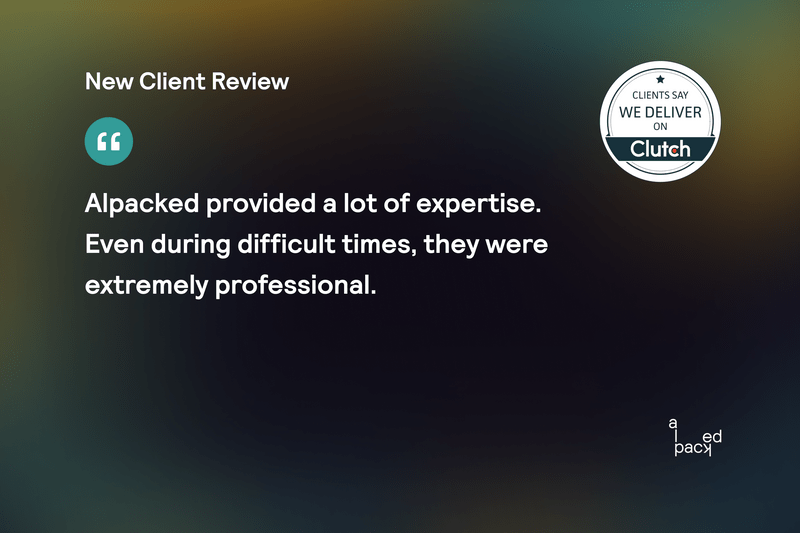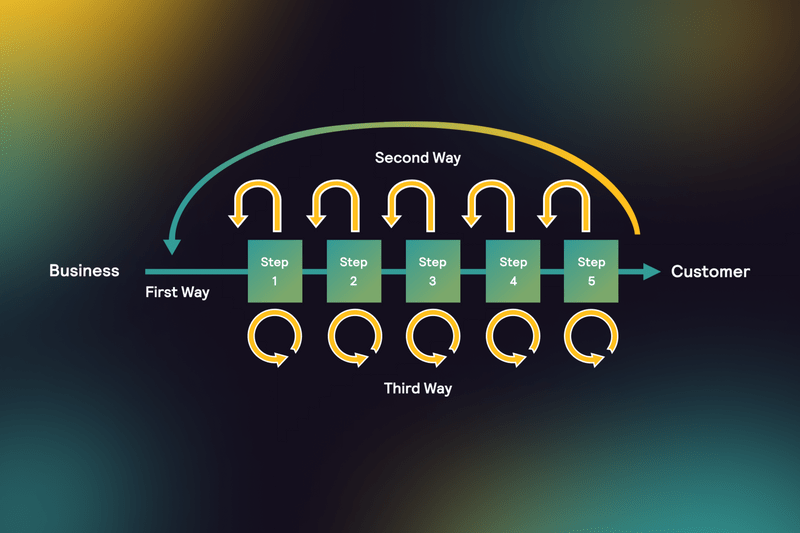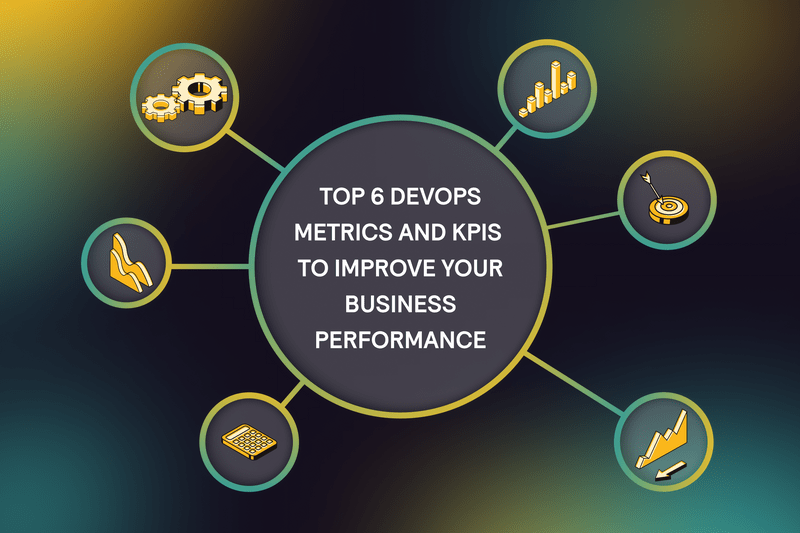SOC 2 isn’t just about security. Its requirements span across your entire organization and involve IT, HR, sales, marketing, and other departments. Given that, strong management of the entire process is a must.
So, first of all, you’ll need a project manager who coordinates the process across teams and communicates the value behind each policy detail. Meanwhile, appointing a team lead for each department involved will help enforce adequate policies in their teams. You’ll also need a documentation author—someone able to transform policies and the composition details of your system into neat documentation.
And, of course, you should include C-levels in the auditing process. While establishing strong management of the process is useful, it is extremely challenging (if not impossible) to successfully undergo a SOC 2 audit without the upper management’s support. C-levels help you communicate and enforce changes across the entire company and provide the resources (including budgetary) needed to implement policies and controls.
On top of that, if you are undergoing a SOC 2 audit for the first time, hiring a compliance expert will help you avoid wasting time and money. You can either hire a consultant to guide you through the SOC 2 essentials and help you tailor policies and controls to your needs or outsource the entire process to an external team (including coordinating teams and communicating with auditors). Though it requires an upfront investment, a reliable compliance service provider pays off in the long run.
For example, Talkatoo, a dictation software provider, achieved SOC 2 compliance within four months, which was possible because they hired a compliance vendor that explained what needed to be done and how. Cinchy, a data-centric startup, outsourced an external team for their gap and risk assessment, creation of the task list required to meet SOC 2, and to act as the first point of contact with auditors. Meanwhile, PROS is extremely grateful to their compliance service provider for explaining the reasoning behind each requirement: this knowledge helped their employees better comprehend new policies and their value.
Assembling a competent SOC 2 compliance team that will span your organization will also help you avoid the next mistake.










